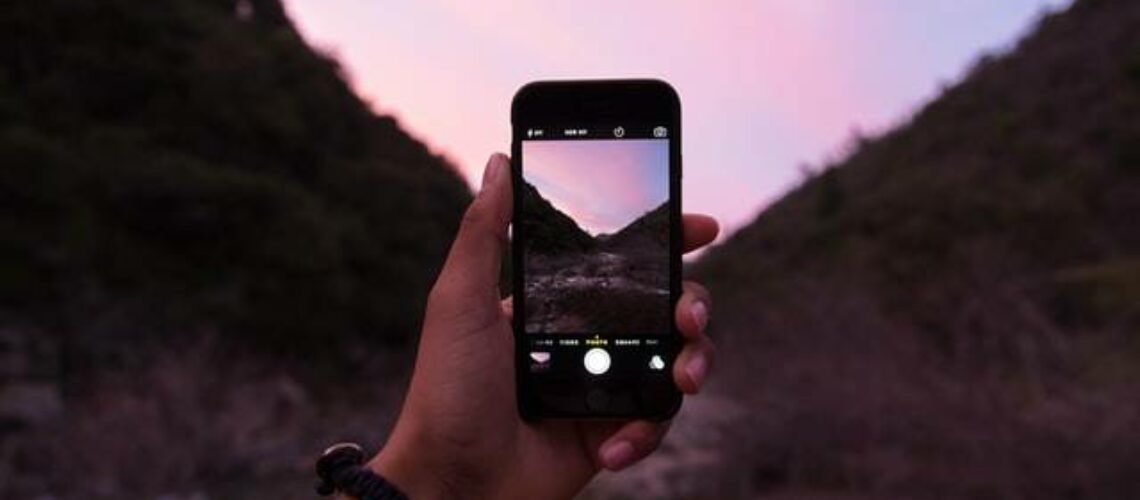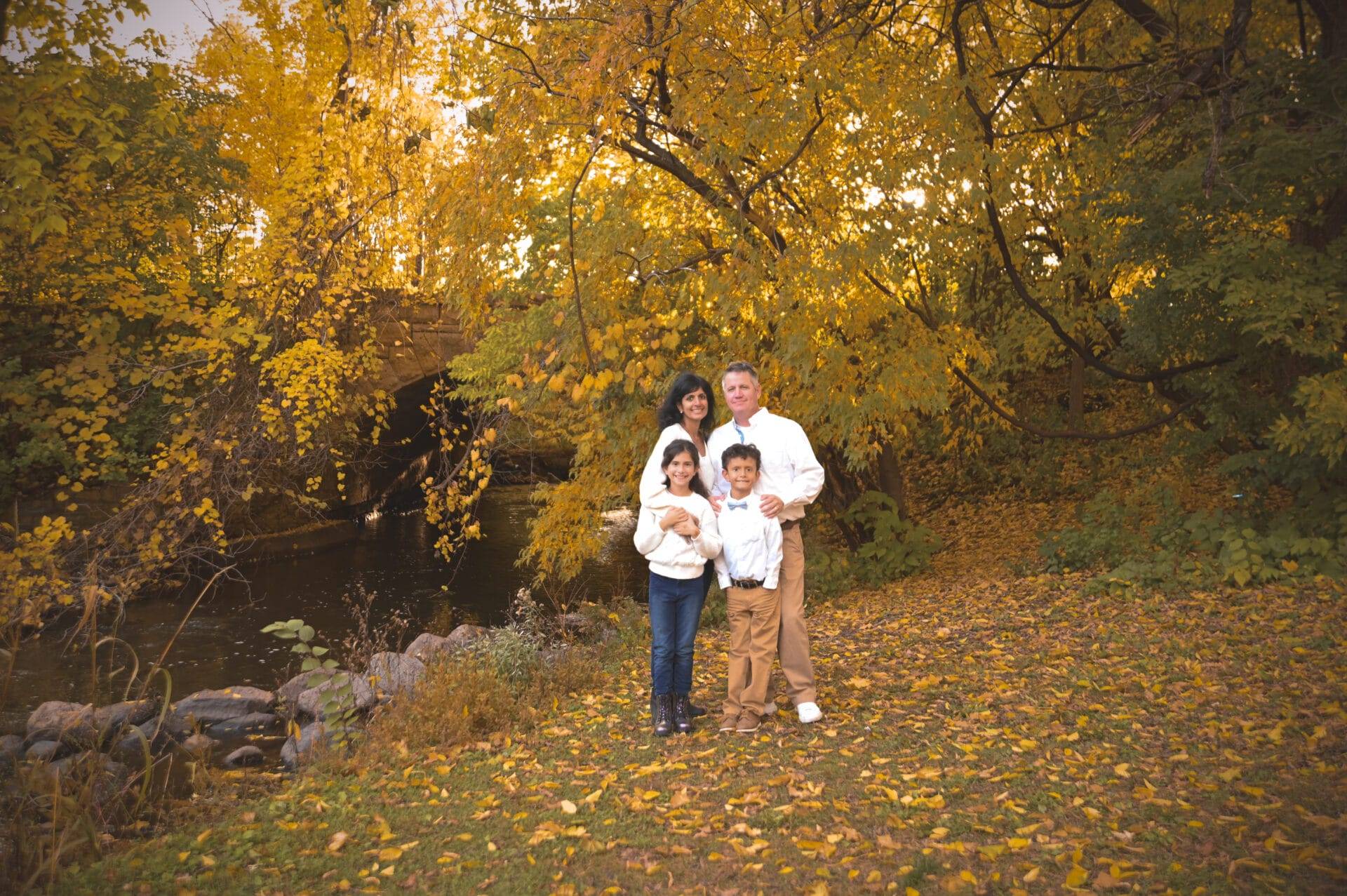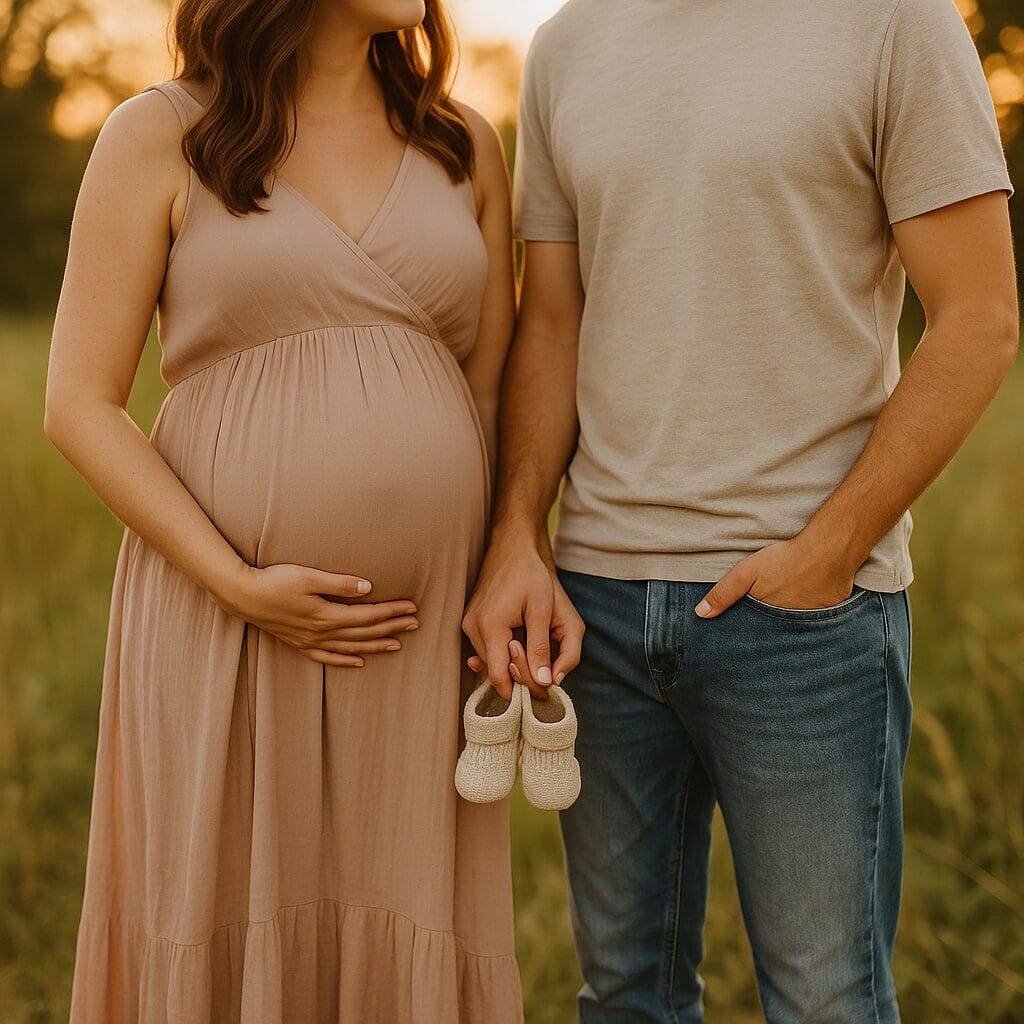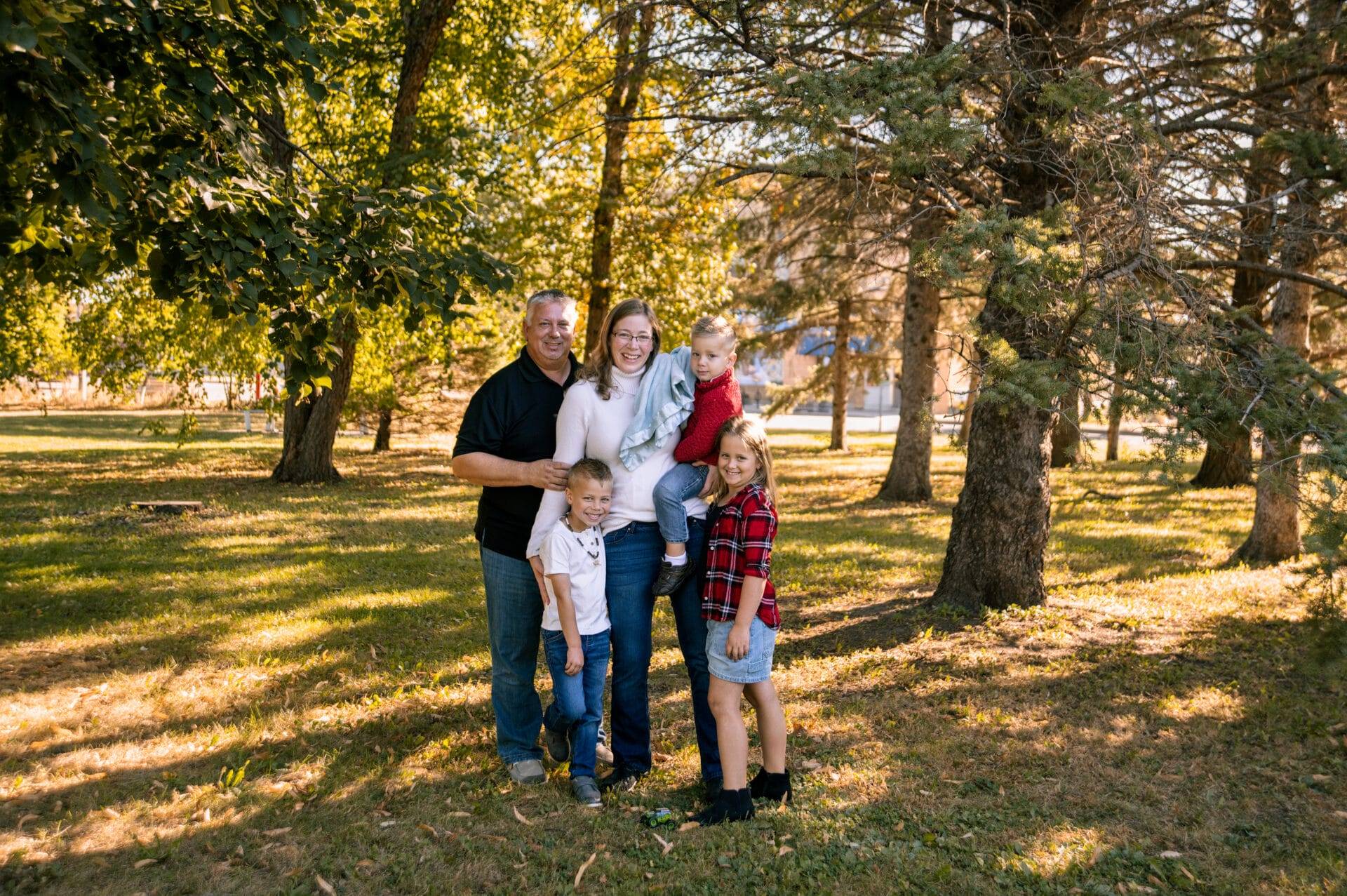So what is a smartphone, exactly? It’s a device that can do everything you need it to and more. With this in mind, let’s talk about how to take better photos with your smartphone.
Tips to take better photos using your smartphone
Throughout your life, you will have heard of the saying “if it ain’t broke, don’t fix it.” Well, let me break it down for you:
There are literally thousands of tips and tricks out there on how to take great photos with your phone and camera, but what if one of them might not be a good idea?
For example, you could be taking perfect shots with your phone camera, only to realize that you are using the wrong aperture or ISO setting. Or maybe the lighting is too dim or too bright. Or maybe the subject looks a little goofy or out of focus. Whether you are an amateur photographer or a professional looking to take some amazing photos with your smartphone camera, here are some tips to help make sure that you’re capturing all that great photo potential on your iPhone and in beautiful images on Instagram.
Before I go any further, let me make sure we’re all on the same page: I am not going to tell anyone how to use their phone camera in any way shape or form. There are tons of resources out there already dedicated entirely to specific topics like auto focus and HDR photography.
What I’m going to do is point out some obvious ways where you can improve the quality of pictures taken with your device.
There are two ways that most people think about taking better pictures: 1) Think about aperture (f-stops) when shooting in low light situations; 2) Think about shutter speed when shooting in high light situations. While these two are important factors for determining what conditions look best compared against others (like wind and weather), they aren’t everything here — especially when it comes time for post-production editing and sharing purposes.
For this article I will discuss how camera settings affect photos taken at varying distances from a single object as well as explain how each different setting can be used effectively at various times throughout either day or night depending on lighting conditions. With this information we can begin by looking at how each setting affects photos taken under different circumstances during daylight or night time hours — one way being far away from the subject while another being close up in front of the subject (although both work equally well). That said, let’s start off with a discussion about aperture vs shutter speed first before moving on to more complex subjects! As mentioned before with shutter speeds, it’s generally easier and more accurate to talk
How to use photo apps to improve photo quality
A few years ago, I took a series of photographs at an event. The first one was a portrait and the second one, a landscape. I had good intentions of making each shot seem as if it were taken by different people, but in reality it was just the same person. This was partly due to poor lighting conditions (which I didn’t have time to adjust) and partly due to the fact that I don’t like taking shots from different angles (there are many reasons why, but that’s another topic).
I decided to make some simple adjustments to my phone cameras so that they would be able to take wider angles without needing any manual settings (ie: you can make them longer by adjusting the focal length or shorter by adjusting the aperture).
These photos could have been much better, especially since they were taken during very dark light conditions (a full moon), but I thought this post might be helpful for others who are looking for ways how they can improve their photos using their smartphones.
The Best Camera App for your Smartphone or Tablet
A while back I was asked to write an article on some of the best camera apps for smartphones. I put together a short list of some of my favorite apps and provided links to their respective websites. The point being, do you have a photo app on your smartphone or tablet?
This is not just a question for people who take photos. You might be an artist who wants to capture life in motion, or someone who needs something simple, but with great quality and as many photos as possible per day.
I tried to use this list to determine which apps were the best for the Android platform (the vast majority are iOS-only, but more for the iPhone than for Android) — so that you can use those if you need them but don’t have them installed on your device.
This is not necessarily about being able to take the same photo in a few seconds with any app; it’s about being able to get great shots quickly and consistently using whatever app you choose. It’s not necessarily about having every feature; it’s about having at least one feature that makes it easier than others in certain situations.



